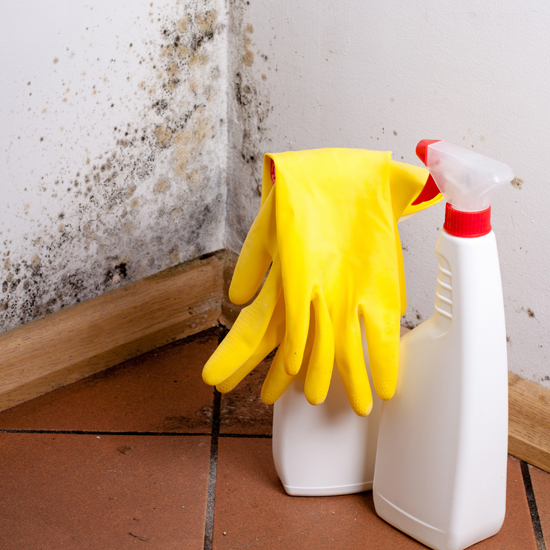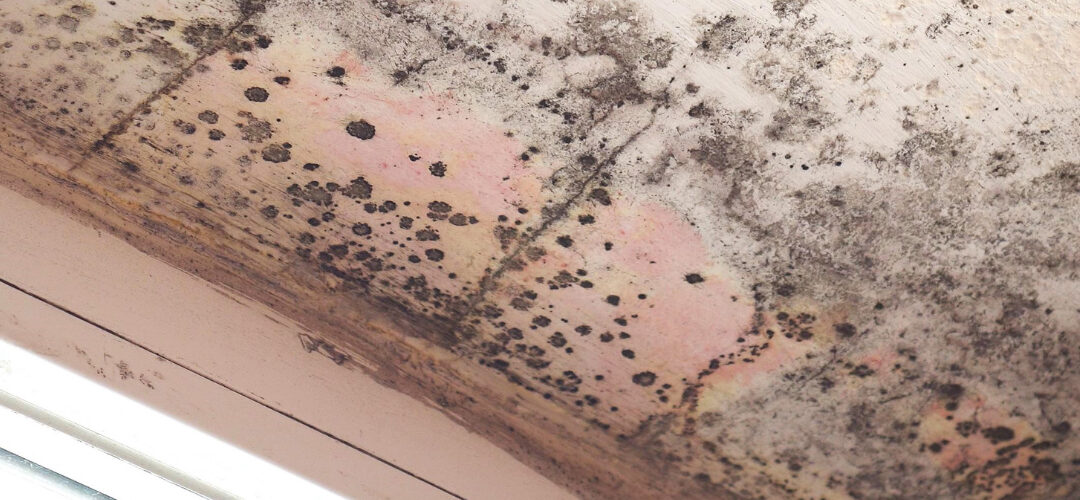Mold Removal from Floors And walls: How to Do It?
For most of us, it can be quite a shock to find dark mold spots in and around our home’s foundation along with Mold Remover. Though sparse dark spots aren’t enough to cause serious health issues, if they are not taken care of right away, they can multiply at an alarming pace.
If the Mold Remover is still in a limited region, you should take action before it spreads to a bigger one. It can damage household treasures and possibly cause an allergic response. Mold may still develop in unwanted areas despite your best efforts, so it’s essential to keep your home’s rooms, such as the bathroom, dry and cold.
For this reason, mold remover is essential if you want to live in a healthy, safe home. One that won’t put your lungs at risk. Thus, the question is: how do you Mold Remover? And can you do it yourself?
If you own a New York home or business in the Brooklyn, Queens, or Long Island areas, give Zavza Seal a call today for the best mold testing and inspection and mold remediation with advanced equipment and solutions that are proven backed by a 30-year warranty!
Call Zavza Seal to Set Up Your Free Expert Mold Inspection!
Call (631) 980-1800 Now!
Can you Mold Remover yourself?
 You can, but you should minimize your exposure by wearing protective gear when cleaning since mold spores can spread via the air. Your hands and forearms will be protected if you wear long rubber gloves. When cleaning mold from ceilings or other overhead places, it’s also essential to use eye protection, such as goggles, to avoid bleach or other cleansers from spilling in your eyes.
You can, but you should minimize your exposure by wearing protective gear when cleaning since mold spores can spread via the air. Your hands and forearms will be protected if you wear long rubber gloves. When cleaning mold from ceilings or other overhead places, it’s also essential to use eye protection, such as goggles, to avoid bleach or other cleansers from spilling in your eyes.
If there are numerous, serious mold problems, this then suggests a more significant moisture issue. You should get a professional to remove the area carefully if it is more widespread and more than a 2 × 2-foot space.
Fortunately, it is feasible to eliminate and prevent Mold Remover from re-invading with standard household cleaning supplies. Mold and mildew are the nightmares of most households. As we mentioned before, it’s not good for your health if there is mold on your walls or other places around your home, like floors or carpets. Therefore, it’s crucial to address the core of the problem.
What are mold and mildew, and how do they occur on the floors and walls?
Mold
A kind of fungus called mold grows from spores carried by air. Mold often thrives in warm, humid environments with little ventilation, which is why loft areas and bathrooms in homes are frequently affected. Mold on the walls is frequently only the result of humidity and a lack of air. However, occasionally, plumbing leaks both inside and outside the building might be responsible. Moisture buildup, precisely behind the walls, can also be caused by poorly-insulated heating lines and can cause a lot of foundation problems.
Mildew
The most typical form of black mold that grows on walls is known as mildew. If left untreated, these patches can eventually spread to cover larger areas. Apply some bleach to the affected area using a cloth if you wish to check for mildew in your home. Mildew is most likely to be there if the black spots go away after a while. If not, then the area is most likely just dirt.
Why do I have mold on my bedroom walls and floors?
It might be a serious problem if your bedroom walls are covered in mold. Bedroom mold is typically brought on by condensation or excessive humidity, which is frequently a result of the weather. It may also be brought on by poor ventilation and dampness in the air can lead to foul smells, making you get odor control services as soon as possible. Check for any drainpipe or window cracks that could be allowing moisture to collect inside the bedroom.
How to clean mold off the floors and walls
A word of caution: if you have a major mold problem on your walls, it may be better to get professional assistance, as mold can lead to allergic reactions and ill health. Wear protective glasses, gloves, and a face mask while working in a smaller area because coming into touch with the spores can be dangerous. While working, open the windows or use a fan in the space.
Make a mixture of chlorine bleach and water
Typically, this is one part bleach to three parts water; alternatively, you can purchase a laundry detergent. Bleach spray contains bleach as an active ingredient is also helpful.
Scrub the blackened affected area
Put some elbow grease into it. Scrub the area with a stiff-bristled brush for maximum effect.
Rinse thoroughly and dry
Rinse the area thoroughly with water and a cloth. Make sure it is thoroughly dry before going back to it again.
If this doesn’t work, there are products made specially to remove mold and mildew from walls that could be more effective. Just keep in mind that you should always be mindful when combining cleaning solutions because doing so might result in harmful chemical reactions.
Conclusion
If you have a mold problem, the best option would be to call in the professionals to come in and take care of the problem for you. Zavza Seal LLC is a professional contracting business that can do this for you and will help you get complete water damage restoration. Visit our website to learn more.
Related Blog Posts:
Our service areas:
Get A Free Estimate

